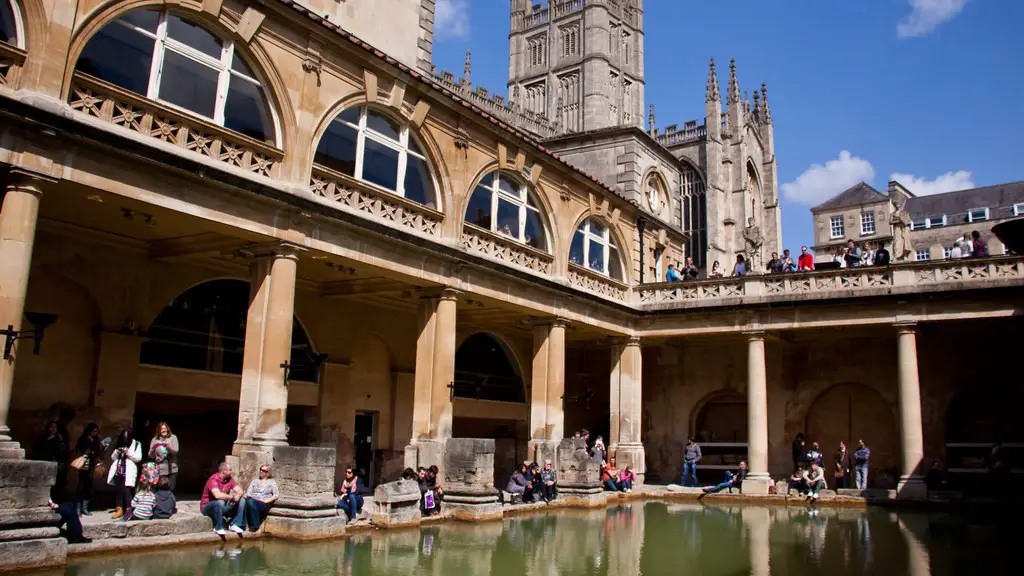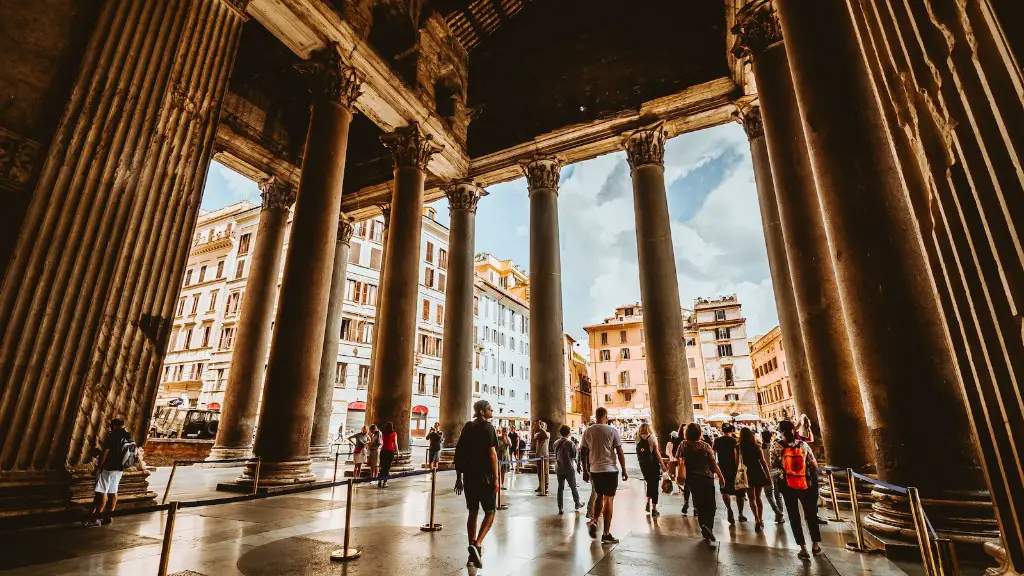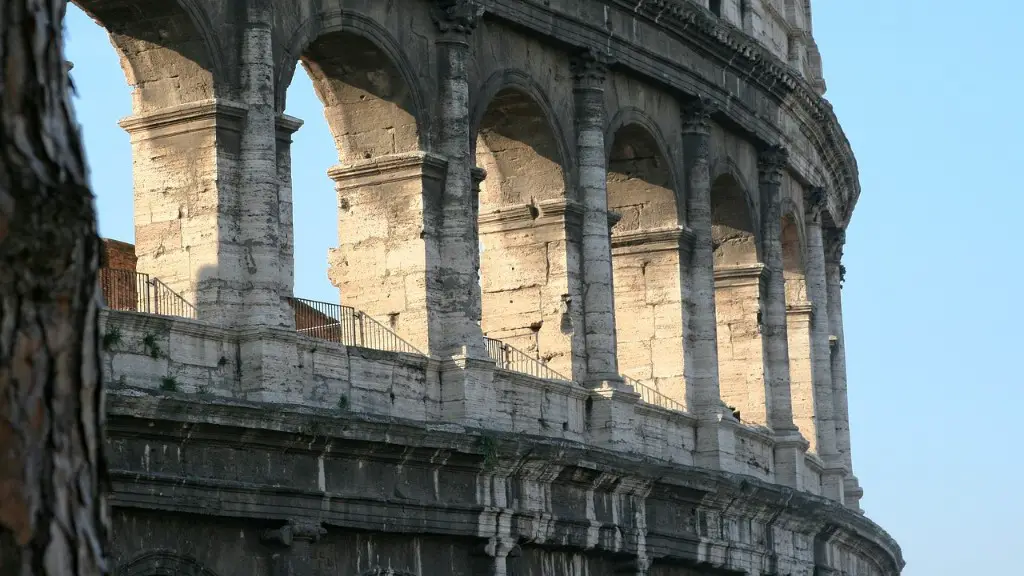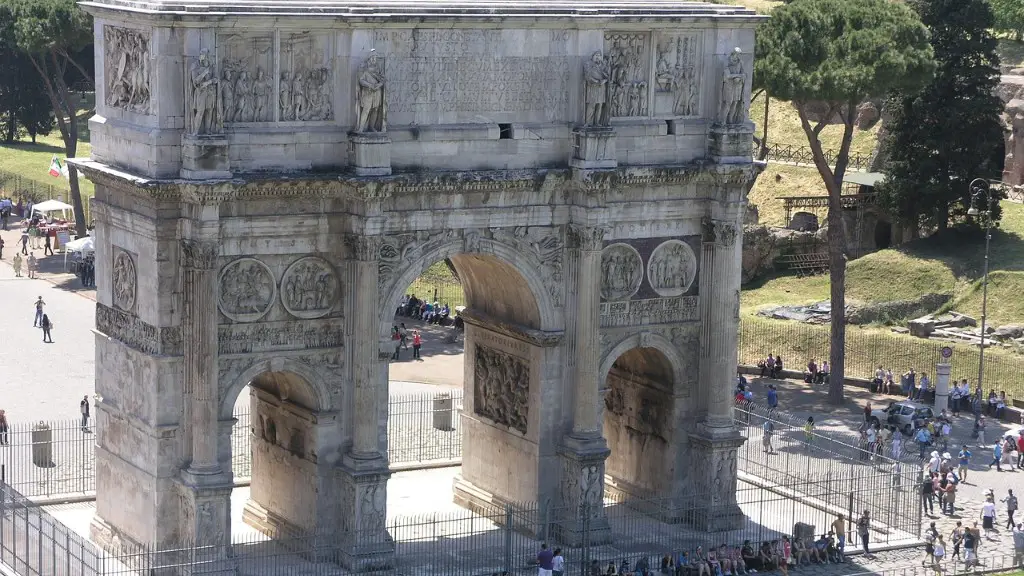The Roman Republic was the government of ancient Rome from the founding of the city of Rome in 753 BC to the collapse of the Western Roman Empire in 476 AD. It was a republic, in which the head of state was not a king, but an elected magistrate, the consul. The Republic was founded on the idea of popular sovereignty, in which the people of Rome delegated their sovereign power to elected officials. The Republic expanded through a series of military and diplomatic victories, until it controlled most of the Italian peninsula by the end of the 3rd century BC.
The Republic of Rome
What were the 3 types of government in ancient Rome?
The Senate was the upper house of the Roman Republic’s legislative branch, the Curia. The Consuls were the chief executives of the Roman Republic and held the highest elected offices in the ancient Roman Republic. The Assemblies were the popular assemblies of the Roman Republic
The Roman Republic was a government that was neither strictly a monarchy nor a direct democracy. It had democratic features, but it was essentially a society that was dominated by a select group of wealthy aristocrats. This system of government was eventually replaced by the Roman Empire, which was a more autocratic government.
Was Rome a monarchy or dictatorship
Rome’s original system of government was a monarchy, though it was quite different from the medieval monarchies that form our image of the word. Kingship in Rome was not divine or even a familial right. Instead, it was originally based on the concept of the “strongest man” leading the people. This changed over time, of course, and the Republic and the Empire receive the most attention in history. However, it’s important to remember that Rome was already over two hundred years old when the Republic arose.
The Law of the Twelve Tables was the earliest written legislation of ancient Roman law. It was traditionally dated 451–450 bc. The law was written in Latin and consisted of 12 tables. It was the first attempt to codify Roman law. The law was enacted in 449 bc and became effective in 448 bc.
What was the most powerful government in Rome?
The Senate was the most powerful branch of the Roman republic. Senators held the position for life, and the executive branch was made up of two consuls, elected yearly. These two consuls had almost kingly powers, and each could veto, or disapprove of the other’s decision.
There are many similarities between Ancient Athens and Ancient Rome, including their status as two of the world’s first fully functioning capitalist societies. Both societies had a complex social hierarchy, with a wide range of economic and social classes. Ancient Athens was known for its focus on commerce and trade, while Ancient Rome was known for its military power and political influence. Both societies were also highly stratified, with a large number of slaves and a small number of elites at the top of the social ladder.
Was ancient Rome a oligarchy?
While the Roman Republic did have a number of democratic features, the fact that political power was concentrated in the hands of the wealthy aristocracy means that it is best described as an elected oligarchy. Thisena arrangement meant that the government was not particularly representative of the wider population, which could lead to problems and tension.
Rome’s republican government is one of the earliest examples of representative democracy in the world. Prior to the republic, Etruscan kings who lived nearby in central Italy ruled Rome. The Etruscans were a wealthy and powerful people, and the Romans were content to be ruled by them. However, the Etruscans were a proud and arrogant people, and the Romans soon tired of their rule. In 509 BC, the Romans overthrow the Etruscan king, Lucius Tarquinius Superbus, and established a republic. The Roman Republic lasted for more than 500 years, and during that time, Rome became one of the most powerful empires in the world.
Was ancient Rome a dictatorship
The Roman dictator’s power was absolute. He could rule by decree and even order executions without a trial. For centuries, Roman dictators served when duty called and gave up power when their terms ended. Dictatorship was a necessary evil in the Roman Republic, and the Roman people tolerated it because they knew that it was only temporary.
Caesar was a military general who became a dictator after defeating Pompey in a civil war. He was assassinated by a group of senators afraid of his power. After his death, Rome became an empire under Augustus Caesar, his nephew and heir.
Why is Rome not a democracy?
While the Roman constitution afforded the vast majority of the population little influence over legislation or the selection of leaders, it did provide them with some ability to exert power. This was most likely due to the fact that the vast majority of the population was not part of the aristocracy.
It is clear that the role of women in Roman slavery was mainly to provide domestic services and care for children, with little opportunity for social interaction or even basic human rights. Women were frequently separated from their children, who were commonly sold off or ordered to look after their master’s children, until the care of these children was taken over by slave educators who were male. This system denied women not only the opportunity to care for their own children, but also the chance to form any kind of emotional attachment or bond with them. In addition, women were often subject to sexual exploitation and violence at the hands of their masters and other male slaves. As a result, it is not surprising that many Roman women slaves attempted to escape their situation, or took their own lives.
What were Roman jails called
During the Roman Empire, the main use for prisons was to hold prisoners who were condemned to death. However, there were also private prisons, called Carcer Privatus, which were used to hold debtors. Lastly, there was a public prison called Custodia Publica which held people who were awaiting trial.
Adultery was not considered a severe criminal offense in the Roman world, although there were some cases when it was brought to the attention of the courts. Normally, it was considered a private matter for families to deal with. However, there were some instances when women’s adultery and sexual transgressions were considered serious enough to be brought before the aediles for judgment.
Why was the Roman government so successful?
Rome became the most powerful state in the world by the first century BCE through a combination of military power, political flexibility, economic expansion, and more than a bit of good luck. Rome’s military power was based on its well-trained and disciplined army, which was able to defeat larger and more experienced opponents. Rome’s political flexibility was evident in its ability to adapt to changing circumstances, and its willingness to make alliances and create new institutions when it needed to. Rome’s economic expansion was fueled by its conquests, which provided new markets for its goods and increased its tax base. Finally, Rome’s good luck can be seen in its fortunate geographical position, which allowed it to become the dominant power in the Mediterranean region.
The Roman Republic was a form of government that lasted for over 500 years. It was a complex government with a constitution and detailed laws. The officials in the government were elected by the people. Some of the officials in the government were senators.
Conclusion
The Roman Republic was a period of time in which Rome was governed by a group of elected officials called the Senate. The Roman Empire was a period of time in which Rome was governed by a single ruler, the emperor.
The government of ancient Rome was characterized by a strong central government with a large bureaucracy, a complex legal system, and many different levels of government. The government of ancient Rome was also characterized by a large military establishment and a strong tradition of public service.




